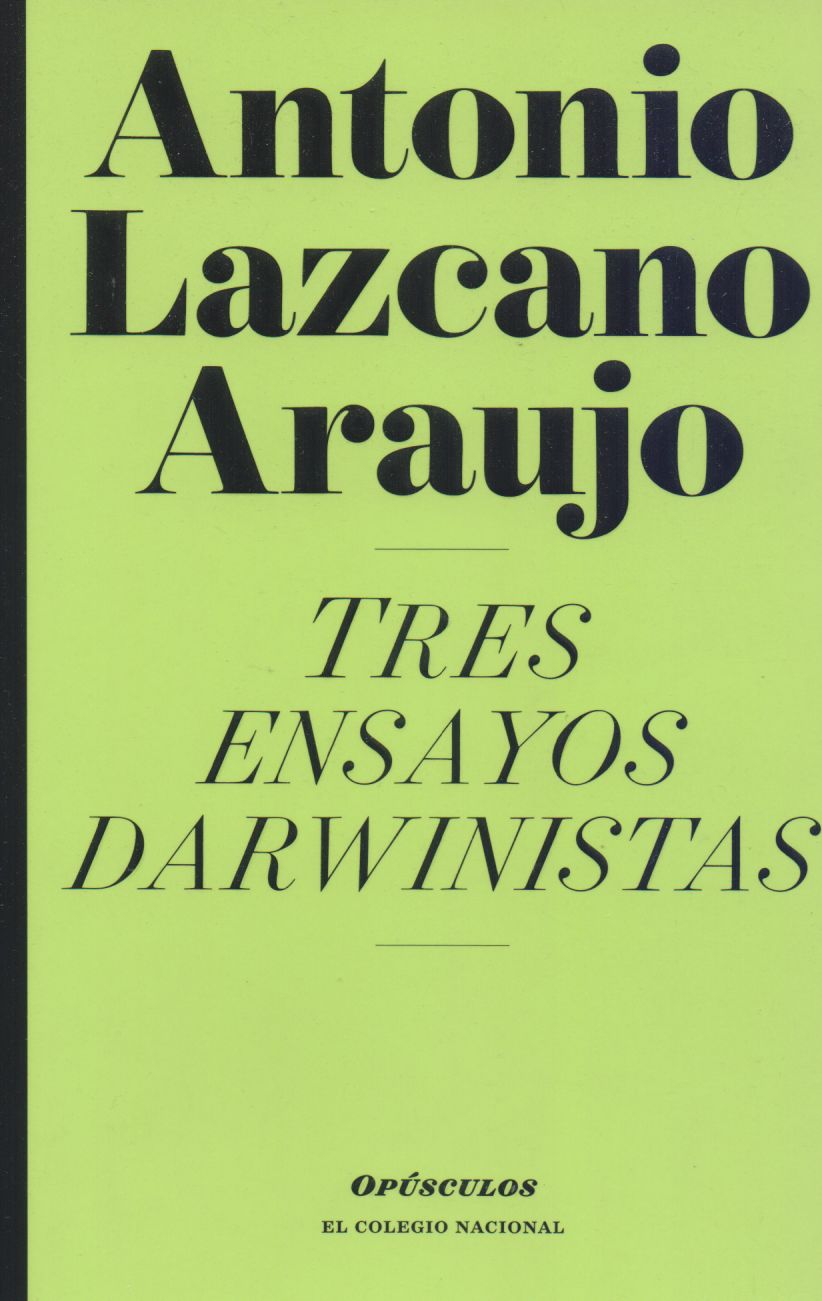Libros relacionados
 |
Biology: How Life Works Morris, James / Hartl, Daniel / Knoll, Andrew / Lue, Robert Macmillan Press Ltd |
 |
Plant Systematics. A Phylogenetic Approach Judd, Walter / Campbell, Christopher / Kellog, Elizabeth / S Sinauer |
 |
Ecological Developmental Biology: The Environmental Regulation Of Development, H Gilbert, Scott / Epel, David Sinauer |


|
Título: How To Clone a Mammoth | |
| Autor: Shapiro Beth | Precio: $450.00 | |
| Editorial: Princeton University Press | Año: 2015 | |
| Tema: Biologia, Ciencia | Edición: | |
| Sinopsis | ISBN: 9780691157054 | |
| Could extinct species, like mammoths and passenger pigeons, be brought back to life? The science says yes. In How to Clone a Mammoth, Beth Shapiro, evolutionary biologist and pioneer in "ancient DNA" research, walks readers through the astonishing and controversial process of de-extinction. From deciding which species should be restored, to sequencing their genomes, to anticipating how revived populations might be overseen in the wild, Shapiro vividly explores the extraordinary cutting-edge science that is being used--today--to resurrect the past. Journeying to far-flung Siberian locales in search of ice age bones and delving into her own research--as well as those of fellow experts such as Svante Pääbo, George Church, and Craig Venter--Shapiro considers de-extinction's practical benefits and ethical challenges. Would de-extinction change the way we live? Is this really cloning? What are the costs and risks? And what is the ultimate goal?
Using DNA collected from remains as a genetic blueprint, scientists aim to engineer extinct traits--traits that evolved by natural selection over thousands of years--into living organisms. But rather than viewing de-extinction as a way to restore one particular species, Shapiro argues that the overarching goal should be the revitalization and stabilization of contemporary ecosystems. For example, elephants with genes modified to express mammoth traits could expand into the Arctic, re-establishing lost productivity to the tundra ecosystem. Looking at the very real and compelling science behind an idea once seen as science fiction, How to Clone a Mammoth demonstrates how de-extinction will redefine conservation's future. Beth Shapiro is associate professor of ecology and evolutionary biology at the University of California, Santa Cruz. Her work has appeared in numerous publications, including Nature and Science, and she was a 2009 recipient of a MacArthur Award. She lives in Santa Cruz. Review: "Beth Shapiro . . . has produced a fascinating book. . . . For anyone who wants a thorough understanding of the technical issues involved in de-extinction, How to Clone a Mammoth should satisfy your curiosity."--Carl Zimmer, Wall Street Journal "Shapiro . . . Lays out a well-articulated argument for the `resurrection of ecological interactions' as the most appropriate goal of de-extinction research. . . . Her professorial voice shines in her thoughtful roadmap for practical decision making in theory-heavy science, as well as in her efforts to 'separate the science of de-extinction from the science fiction of de-extinction.' Readers will emerge with the ability to think more deeply about the facts of de-extinction and cloning at a time when hyperbolic and emotionally manipulative claims about such scientific breakthroughs are all too common."--Publishers Weekly ""[A] clear appraisal of what it would really take to resurrect extinct species. . . . Several hurdles remain, and Shapiro presents these clearly and entertainingly as a brilliant thought experiment at the boundaries of biological plausibility."--Henry Nicholls, Nature "As Shapiro sees it, de-extinction isn't about geeky genetic sleight of hand or about the resurrection of legendary beasts; it's a valuable new tool for conserving and enriching the global ecosystem."--Natural History "In this lucid road map for the nascent discipline of `de-extinction,' Shapiro, an evolutionary biologist, examines not only how we can resurrect long-vanished species but also when we cannot or should not."--Scientific American |
||
Librería Bonilla SA de CV © Todos los derechos reservados. 2019
Última actualización: Jul 2019





